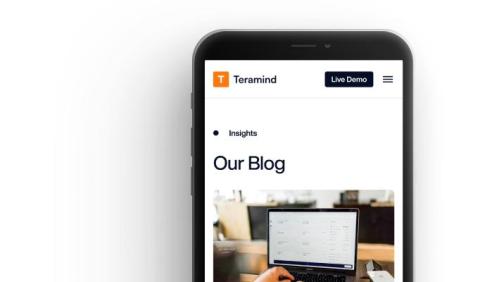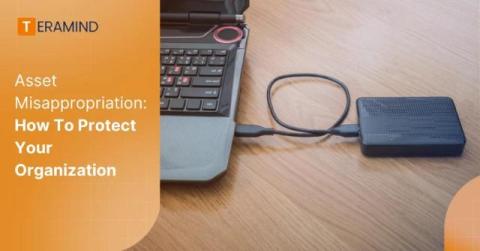How To Detect & Prevent Managerial Insider Threats
External cybersecurity threats are a well-known problem, but organizations should also be aware of managerial insider threats. These threats originate from individuals with privileged access and authority and can cause devastating damage to an organization’s data, reputation, and bottom line. In this guide, we’ll examine managerial insider threats and offer insights and strategies you can use to detect, prevent, and mitigate these risks.











